ProgrammerLazy. SQL for Marketers: Dominate data analytics, data science, and big data. Data Science and Machine Learning in Python
Here you can read online ProgrammerLazy. SQL for Marketers: Dominate data analytics, data science, and big data. Data Science and Machine Learning in Python full text of the book (entire story) in english for free. Download pdf and epub, get meaning, cover and reviews about this ebook. genre: Computer. Description of the work, (preface) as well as reviews are available. Best literature library LitArk.com created for fans of good reading and offers a wide selection of genres:
Romance novel
Science fiction
Adventure
Detective
Science
History
Home and family
Prose
Art
Politics
Computer
Non-fiction
Religion
Business
Children
Humor
Choose a favorite category and find really read worthwhile books. Enjoy immersion in the world of imagination, feel the emotions of the characters or learn something new for yourself, make an fascinating discovery.

ProgrammerLazy. SQL for Marketers: Dominate data analytics, data science, and big data. Data Science and Machine Learning in Python: summary, description and annotation
We offer to read an annotation, description, summary or preface (depends on what the author of the book "ProgrammerLazy. SQL for Marketers: Dominate data analytics, data science, and big data. Data Science and Machine Learning in Python" wrote himself). If you haven't found the necessary information about the book — write in the comments, we will try to find it.
With big data and data science on the rise, we have more data than we know what to do with.
One of the basic languages of data analytics is SQL, which is used for many popular databases including MySQL, Postgres, Microsoft SQL Server, Oracle, and even big data solutions like Hive and Cassandra.Im going to let you in on a little secret. Most high-level marketers and product managers at big tech companies know how to manipulate data to gain important insights. No longer do you have to wait around the entire day for some software engineer to answer your questions - now you can find the answers directly, by yourself, using SQL!
Your existing solutions are inefficient
Are you tired of depending on crufty analytics software? Do you have to ask an engineer to help you whenever you have a question about the data?
This is not ideal and wont help you do your job efficiently.
SQL, short for structured query language, is a language that can be used for all kinds of databases - from the tiny databases stored in your iPhone, to large big data databases that span multiple continents.
Engineers have done a great job of creating these different types of complex data stores, while still allowing you to use the same language, more or less, for all of them.
What does that mean for you?
It means as long as you know SQL, you can take advantage of ALL of this software, and gain insights into this data, no matter what kind of database it is stored in, as long as it supports SQL.
You can ask questions like:
How many people are falling into each stage of the sales funnel?
What is my year over year profit?
Are there any differences in the demographics between the people who are buying product X and product Y?
What is our most profitable month?
What are the seasonal trends in our industry?
Im an engineer, so I probably havent even thought of all the questions youve already had for years! But I guarantee you, knowing SQL will help you answer these questions.
On various teams Ive worked on in the tech world - Ive noticed that marketing people and product managers have SQL skills and sometimes even coding skills! So if you are looking to not only make your day more productive, but make yourself more marketable to employers and catch up to the other go-getters in your field - then you should most definitely learn SQL.
Unknown: author's other books
Who wrote ProgrammerLazy. SQL for Marketers: Dominate data analytics, data science, and big data. Data Science and Machine Learning in Python? Find out the surname, the name of the author of the book and a list of all author's works by series.

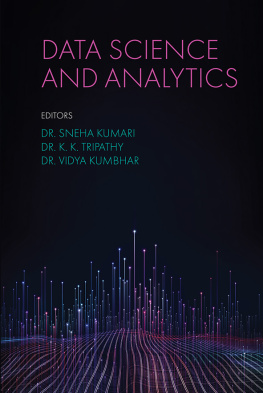
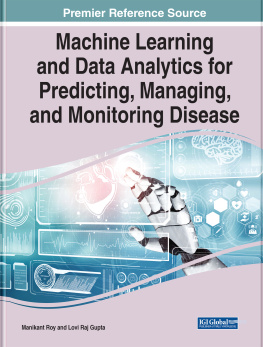
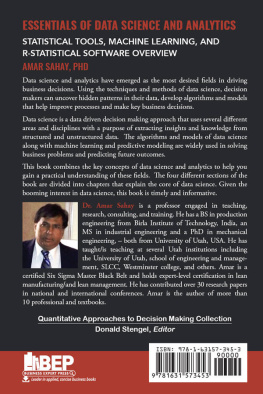


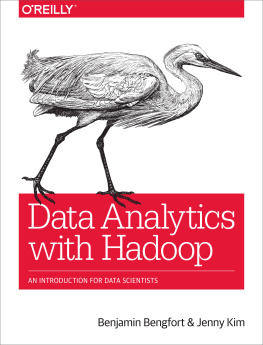
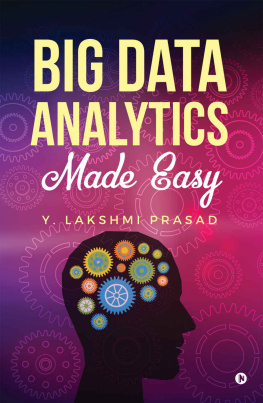
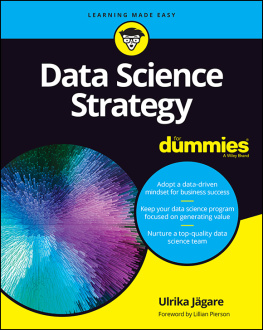
![EMC Education Services [EMC Education Services] - Data Science and Big Data Analytics: Discovering, Analyzing, Visualizing and Presenting Data](/uploads/posts/book/119625/thumbs/emc-education-services-emc-education-services.jpg)